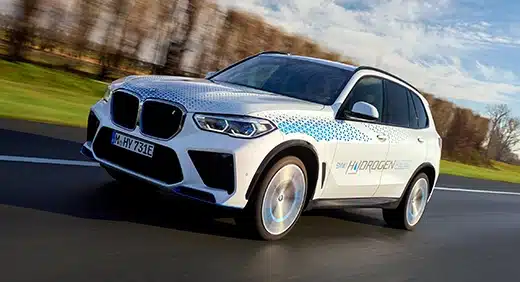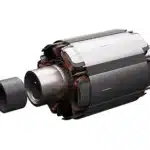by Eric Berger: “We will need additional missions from SpaceX to implement our strategy…”
NASA said this week that it plans to purchase five additional Crew Dragon missions from SpaceX to carry astronauts to the International Space Station.
Although the space agency’s news release does not specifically say so, these may be the final flights NASA needs to keep the space station fully occupied into the year 2030. As of now, there is no signed international agreement to keep the station flying until then, but this new procurement sends a strong signal that the space agency expects the orbital outpost to keep flying that long.
The announcement also suggests that SpaceX will fly more than twice as many crews to the space station than the other partner in NASA’s commercial crew program, Boeing. Under the new agreement, SpaceX would fly 14 crewed missions to the station on Crew Dragon, and Boeing would fly six during the lifetime of the station.
Let’s run down the math on that. SpaceX has already launched four operational crew missions to the space station, dating to the November 15, 2020, launch of the Crew-1 mission. SpaceX has two more flights under its original crew contract with NASA. In February 2022, NASA awarded fixed-price contracts for the Crew-7, Crew-8, and Crew-9 missions to SpaceX. The latest announcement would bring the total number of Crew Dragon missions to 14.
As for Boeing, it has yet to fly an operational mission to the station. The company recently completed a largely successful uncrewed test flight in May. Looking ahead, Boeing will probably complete a crewed flight test of Starliner late this year or early in 2023 and then fly its first operational mission sometime in 2023, or possibly later if issues are discovered on the crewed test flight.
“Boeing’s Orbital Flight Test-2 went very well and we hope to be able to certify the Starliner system in the near future,” said Phil McAllister, director of commercial space at NASA, in the agency’s news release. “However, we will need additional missions from SpaceX to implement our strategy of having each commercial provider flying alternating missions once per year.”
NASA has yet to announce the purchase of additional Starliner missions. This seems prudent, as Boeing has yet to fully demonstrate Starliner’s capabilities with crew on board. But based on the numbers of this week’s announcement, it now seems probable that there are no additional crewed missions to award to Boeing.
Why? Because NASA only plans to fly two crewed space station missions per year, with four astronauts aboard each. SpaceX would be contracted for 10 additional missions, and Boeing has six on the books. There are eight years of lifetime left in the space station if it stops flying in 2030. While additional modifications to these contracts are always possible, NASA appears to have booked all of the rides it needs for a station lifetime into 2030.
This does not necessarily mean that Starliner will fly just six crewed missions. Boeing signaled its intent to also use the vehicle for private astronaut missions, likely to commercial space stations under development. For example, Boeing is a partner on Blue Origin’s “Orbital Reef” space station project.
But it is worth noting that at present Starliner is only capable of flying on United Launch Alliance’s Atlas V rocket. Boeing has only secured enough launches to complete its original six operational Starliner missions for NASA before the Atlas V rocket is retired. This means that, to fly Starliner into orbit, Boeing would have to pay money to human-rate United Launch Alliance’s Vulcan rocket or some other vehicle. Boeing has not definitively outlined its plans for any post-Atlas V missions on Starliner.























































